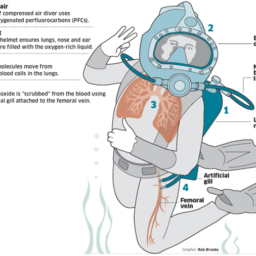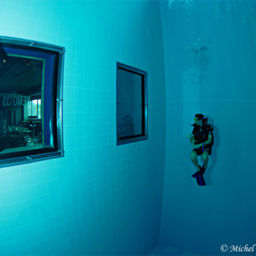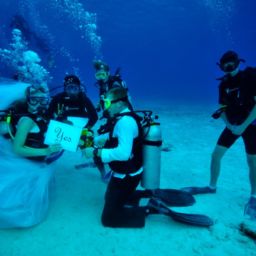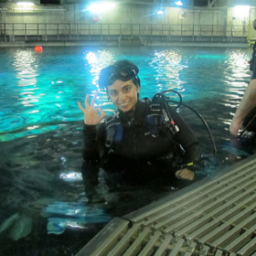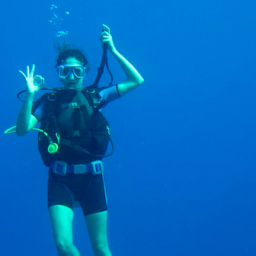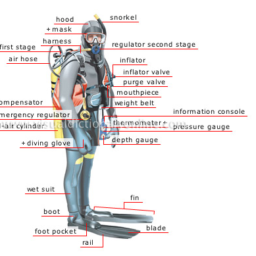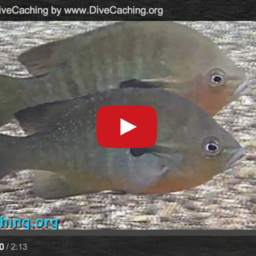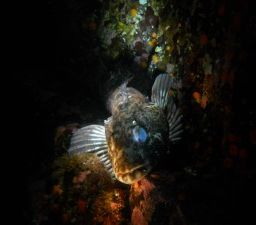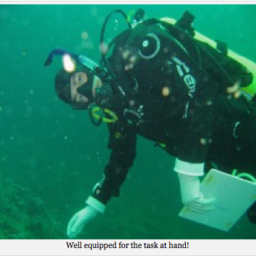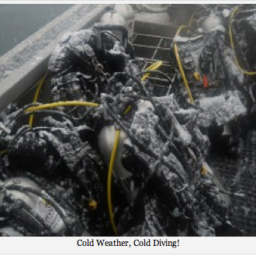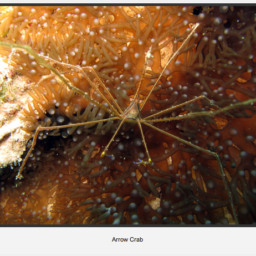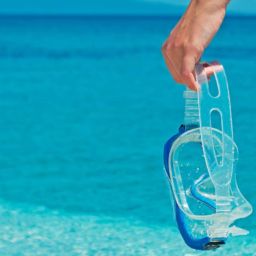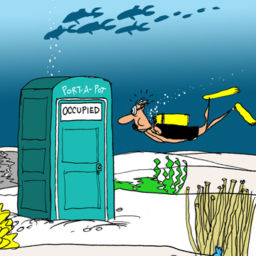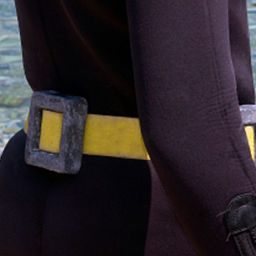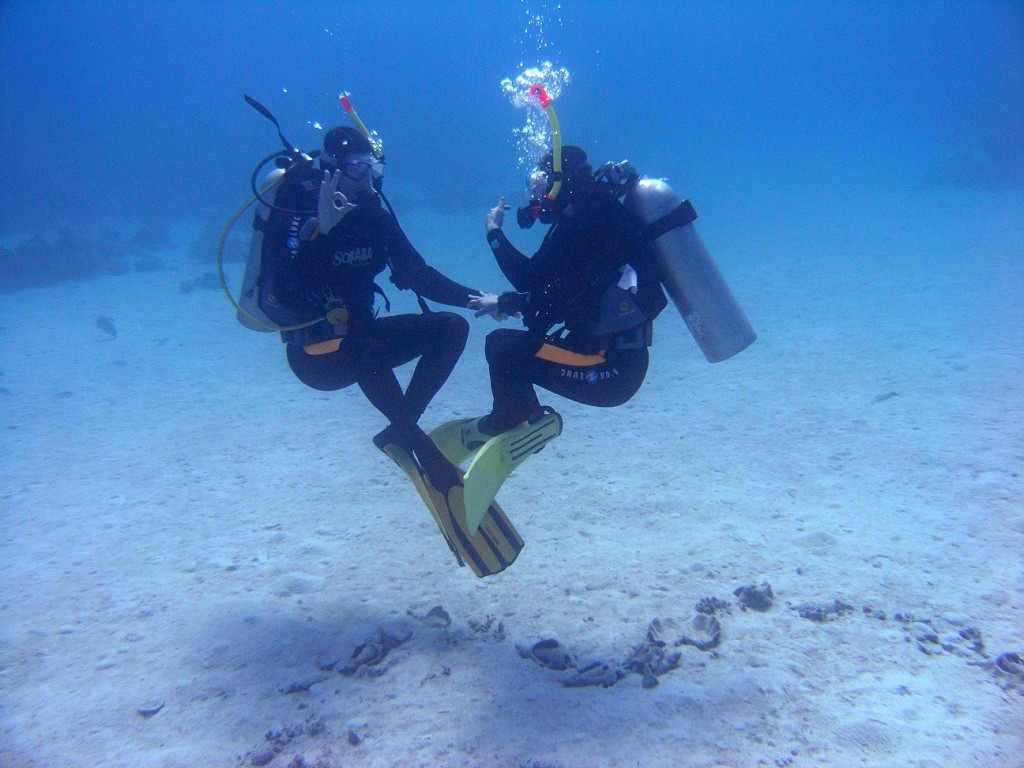
It makes sense as you’ll have to do a safety stop following the deep diving training and you’ll have to add a bit of air at depths to stay neutrally buoyant. The wildlife, coral, as well as the newer diver will all enjoy it as a diver won’t be so much of a bobbing bottom or top crushing juggernaut following studying the skills.
An additional advantage of the Peak Performance Buoyancy will be that the air consumption, particularly for bigger gentlemen will drop significantly as you’re more comfortable within the water and as you’re neutral within the water you’ll not be fighting to remain where you wish to be within the water column. It’s a highly vital skill as you’re conducting your mandatory safety stop following the deep dive.
PPB will possibly be the more entertaining of the dives in spite of its boring name, for instructors, it’s usually lots of fun to teach, as many diving schools will possess a few floating toys which you could swim through. Everyone is amused when it comes to sitting within the lotus position bobbing softly down and up in rhythm with their breathing. The advanced techniques will require you to lie flat to the bottom and look like you’re levitating.
An additional advantage of the Peak Performance Buoyancy will be that many divers will take off a bit of the weights they need to remain down, the instructor will work to get your weight distribution right, as well as to get you to the correct weight you’ll need. After a bit of time, many divers will have the ability to take off a bit more weight as they’re more comfortable within the water, when you’re relaxed, you require fewer weight. Fewer weight will mean less fatigue and as you’re dragging less throughout the water, as an extra advantage, you’ll get more bottom time prior to your tank emptying.


